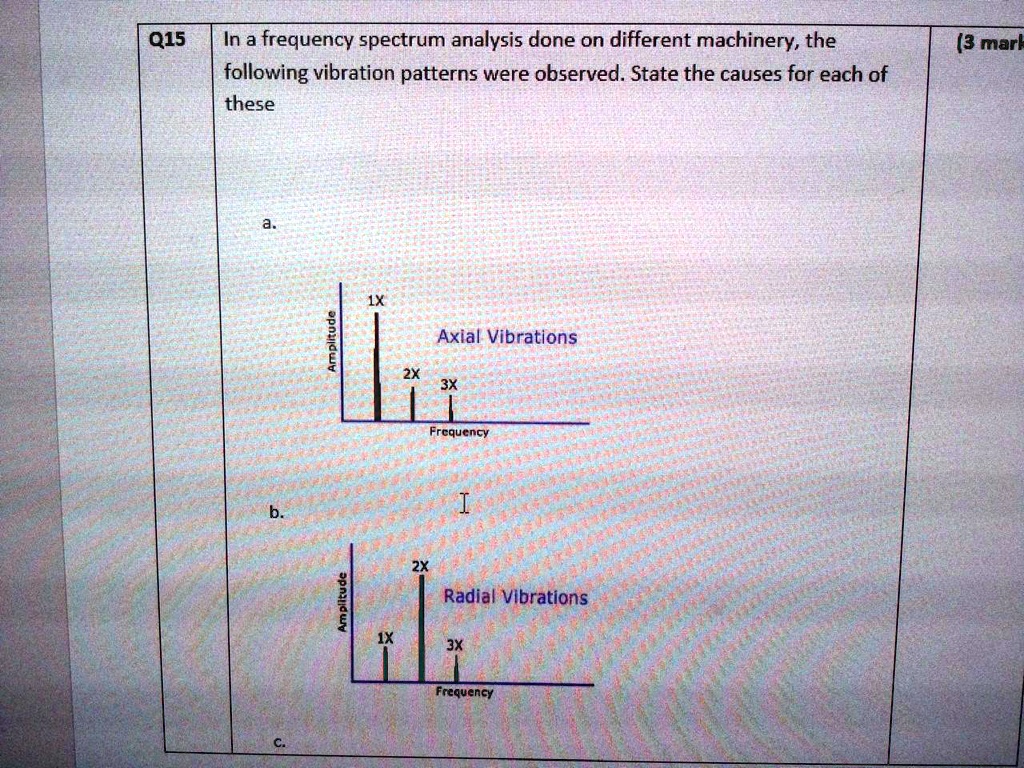Explaining Disappearances: Common Causes And Patterns

Table of Contents
Accidental Disappearances
Accidental disappearances occur unintentionally, often due to disorientation or unforeseen circumstances. These cases often involve individuals who become lost or separated from their companions, and their disappearance is not the result of any planned action.
Disorientation and Memory Loss
- Sudden illness or injury: A sudden medical event, such as a stroke or heart attack, can lead to confusion and disorientation, rendering an individual incapable of finding their way back. Head injuries are a common cause of amnesia, resulting in the inability to recall personal information or location.
- Mental health episodes: Episodes of severe mental illness, such as psychosis or amnesia, can cause individuals to wander aimlessly, leading to their disappearance. This is often particularly challenging for families and law enforcement to address.
- Medication or substance abuse: The side effects of certain medications or the effects of substance abuse can cause memory loss and disorientation, contributing to accidental disappearances. These cases may involve individuals who become lost or unable to return home safely.
- Examples: Individuals lost in wilderness areas, hikers who stray from marked trails, and those suffering from amnesia after an accident are all examples of accidental disappearances due to disorientation and memory loss. These cases require extensive search and rescue efforts.
Natural Disasters and Accidents
- Unforeseen events: Sudden and unexpected events like floods, earthquakes, avalanches, wildfires, or accidents involving vehicles or aircraft can lead to individuals being separated from their loved ones or rendered missing. These scenarios often involve large-scale disasters requiring significant resources for search and rescue.
- Challenges in identification: Identifying victims in the aftermath of large-scale disasters can be incredibly difficult, leading to prolonged periods of uncertainty for families. DNA testing and other advanced forensic techniques are often necessary in these situations.
- Rapid response teams: The effectiveness of rapid response teams and search and rescue operations is directly related to the speed and efficiency with which missing persons can be located and the overall impact on the number of disappearances after these events.
- Examples: Victims of plane crashes, individuals swept away during a flood, and those buried under debris in an earthquake are all examples of accidental disappearances caused by natural disasters and accidents.
Intentional Disappearances
Intentional disappearances are deliberate acts, ranging from personal choices to criminal activity. These cases often require different investigative approaches than accidental disappearances.
Runaways and Individuals Seeking to Escape
- Domestic abuse: Victims of domestic abuse often choose to disappear to escape dangerous situations and abusive relationships. These cases require a sensitive and confidential approach from authorities.
- Avoiding problems: Individuals may disappear to avoid legal problems, debt, or personal issues, seeking to start a new life away from their past. Building a new identity is a significant part of this process.
- Creating new identities: The use of aliases and the creation of new identities are common strategies for individuals who intend to disappear completely. Tracing these individuals requires significant investigative resources.
- Challenges for authorities: Tracking down individuals who actively try to disappear is a significant challenge for law enforcement. They often rely on technological tools and collaborative efforts to locate them.
Abduction and Kidnapping
- Various criminal motivations: Kidnappings are crimes motivated by various intentions, including ransom demands, sexual assault, or human trafficking. These cases require swift and decisive action from law enforcement.
- Importance of reporting: Prompt reporting and cooperation with law enforcement are crucial for increasing the chances of a successful resolution in abduction cases. The timely sharing of information is vital.
- Challenges in investigation: Solving abduction cases is often extremely challenging due to a lack of witnesses and evidence. Forensic evidence and technological advancements play a significant role in these investigations.
- Role of technology: Forensic science and technology, including DNA analysis, digital forensics, and surveillance footage, are crucial tools in investigating abductions and bringing perpetrators to justice.
Self-Inflicted Disappearances
- Overwhelming personal issues: Individuals may disappear due to overwhelming personal issues, such as depression, anxiety, or suicidal ideation. These cases often require a compassionate and nuanced approach.
- Mental health support: The significance of mental health support and early intervention cannot be overstated. Recognizing warning signs and seeking help is crucial in preventing self-inflicted disappearances.
- Challenges for families: These cases present significant challenges for families and law enforcement, requiring a sensitive balance between investigation and respect for the individual's autonomy.
- Recognizing warning signs: Learning to recognize warning signs of mental health distress and seeking professional help is vital in preventing these types of disappearances.
Investigating Disappearances: Patterns and Trends
Analyzing patterns and trends in disappearances is crucial for effective investigation and prevention.
Geographic Factors
Disappearances clustered around specific locations might indicate underlying causes, such as high crime rates, natural hazards, or particular vulnerabilities in the area.
Demographic Patterns
Analyzing the demographics (age, gender, ethnicity, etc.) of missing persons can reveal valuable insights into potential risk factors and common circumstances.
Time of Year/Time of Day
Seasonal or time-of-day patterns can point to specific circumstances, such as increased vulnerability during certain times of the year or at particular times of day.
Technological Advances
The use of mobile phone data, social media analysis, facial recognition technology, and other technological advances plays a vital role in the investigation and resolution of disappearance cases.
Conclusion
Understanding the causes and patterns behind disappearances is crucial for effective prevention and investigation. While accidental disappearances often involve unforeseen circumstances, intentional disappearances involve a wide range of motivations, highlighting the complexity of these cases. Utilizing advanced investigative techniques and focusing on risk factors can help to improve outcomes. By recognizing common trends and patterns in disappearances, law enforcement and the public can better address this concerning issue. If you suspect a disappearance or have information that could be helpful, report it immediately to the authorities. Understanding the nuances of disappearances helps us to protect ourselves and our communities.

Featured Posts
-
 Thousands Of Miles One City One Tragedy A Dc Love Story
May 25, 2025
Thousands Of Miles One City One Tragedy A Dc Love Story
May 25, 2025 -
 Naomi Campbells Potential Met Gala Ban Truth Behind The Wintour Dispute
May 25, 2025
Naomi Campbells Potential Met Gala Ban Truth Behind The Wintour Dispute
May 25, 2025 -
 Krasivaya Data Svadeb 89 Par Sozdali Semi Na Kharkovschine
May 25, 2025
Krasivaya Data Svadeb 89 Par Sozdali Semi Na Kharkovschine
May 25, 2025 -
 Cassidy Hutchinson Jan 6 Testimony And Upcoming Memoir
May 25, 2025
Cassidy Hutchinson Jan 6 Testimony And Upcoming Memoir
May 25, 2025 -
 Explore The 2025 Porsche Cayenne Interior And Exterior Picture Gallery
May 25, 2025
Explore The 2025 Porsche Cayenne Interior And Exterior Picture Gallery
May 25, 2025
Latest Posts
-
 Wounds Visible In Photo Of Kidnapped Idf Soldier Matan Angrest
May 26, 2025
Wounds Visible In Photo Of Kidnapped Idf Soldier Matan Angrest
May 26, 2025 -
 Salon Yevani Herzliya Restaurant Review The Jerusalem Post
May 26, 2025
Salon Yevani Herzliya Restaurant Review The Jerusalem Post
May 26, 2025 -
 Astmrar Almzahrat Fy Tl Abyb Mtalb Bitlaq Srah Alasra
May 26, 2025
Astmrar Almzahrat Fy Tl Abyb Mtalb Bitlaq Srah Alasra
May 26, 2025 -
 Remembering The Idf Soldiers Held Captive In Gaza
May 26, 2025
Remembering The Idf Soldiers Held Captive In Gaza
May 26, 2025 -
 Release Gaza Prisoner Urgent Appeal From Former Israeli Women In Uniform
May 26, 2025
Release Gaza Prisoner Urgent Appeal From Former Israeli Women In Uniform
May 26, 2025
